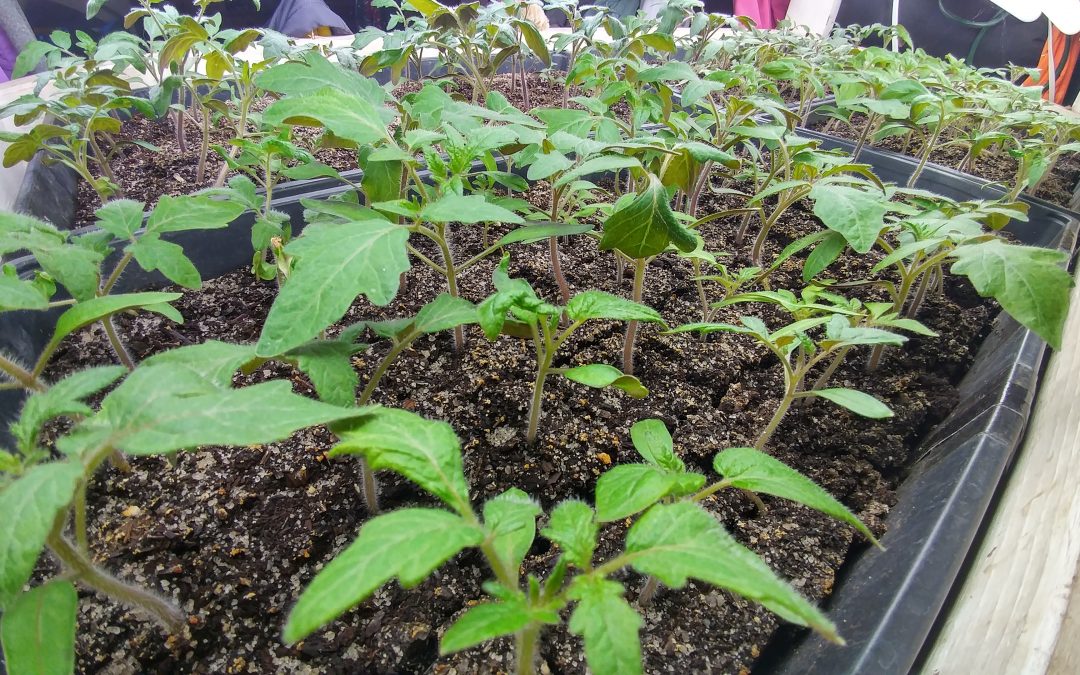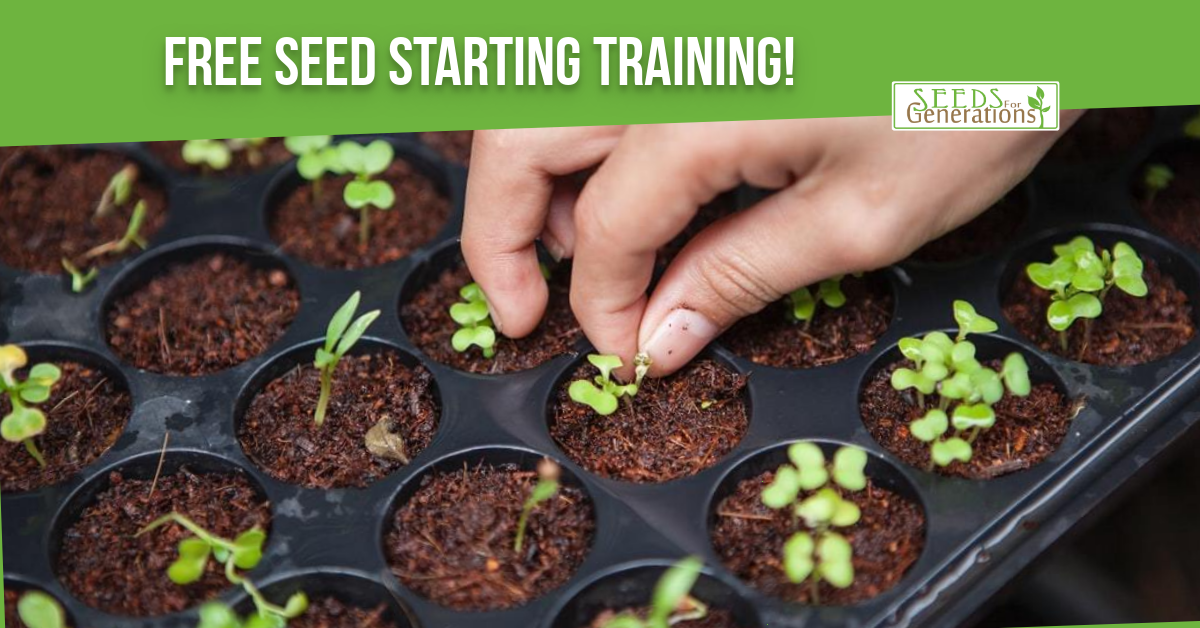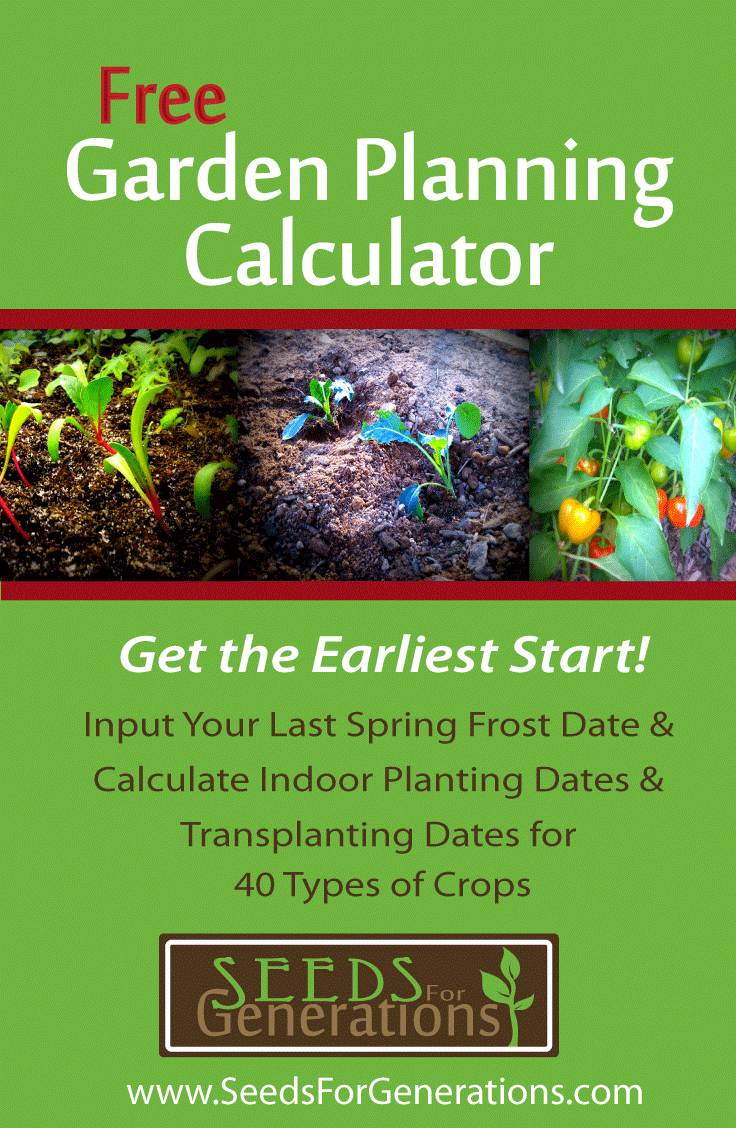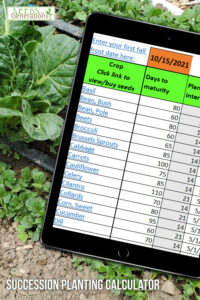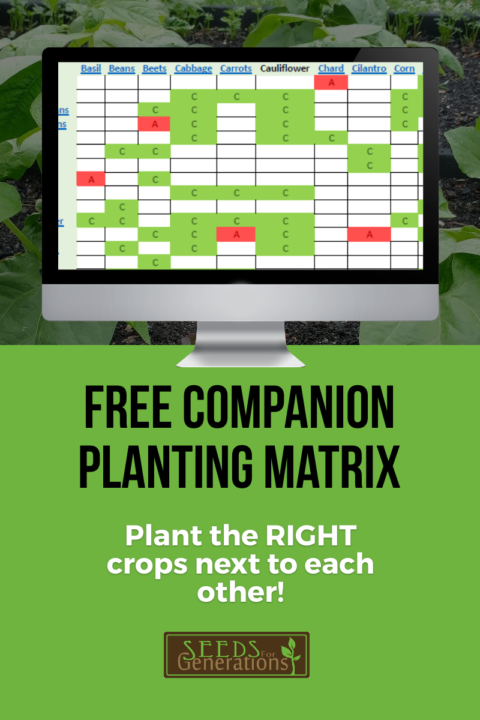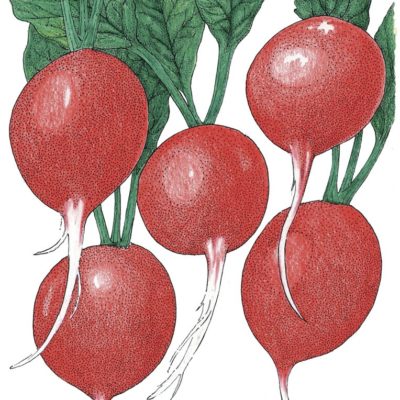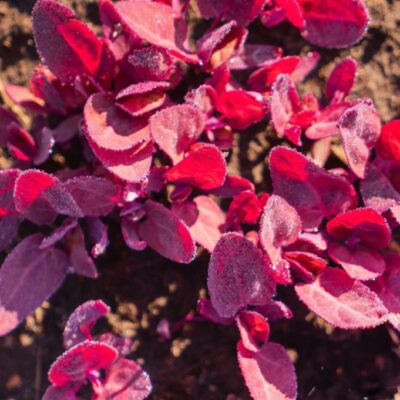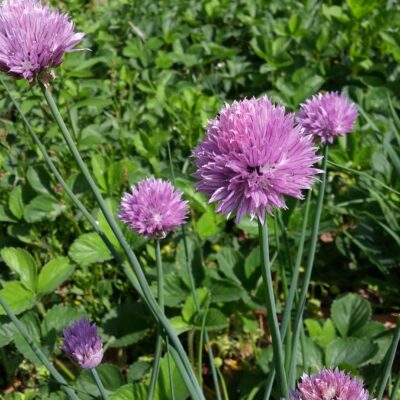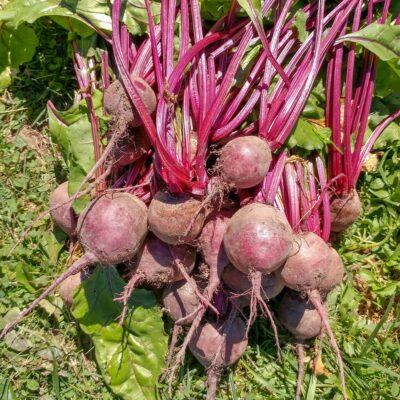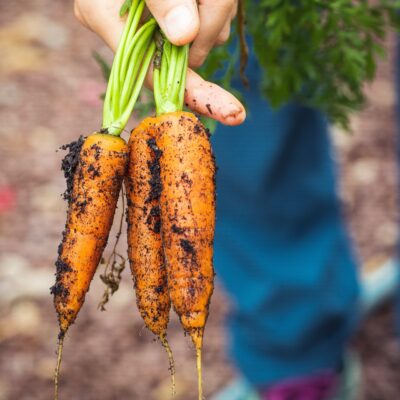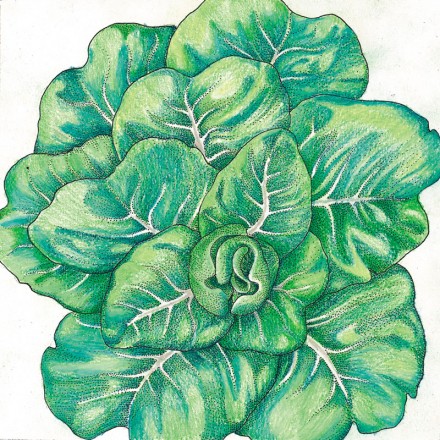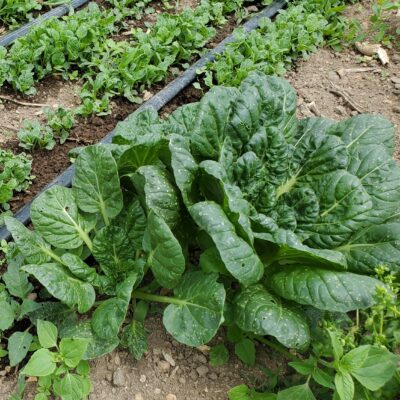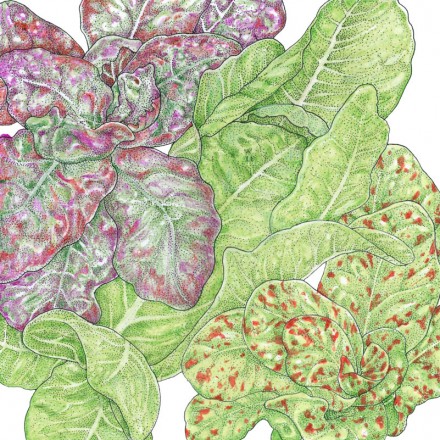Seeds for Generations is a part of Amazon Services LLC Associates Program, as well as other affiliate and/or referral programs. If you purchase or opt-in after clicking on these links, at no additional cost to you, we may receive a small commission for making you aware of these important resources.
“The home gardener is part scientist, part artist, part philosopher, part plowman.” -John R. Whiting
John Whiting was right. Gardening requires a diverse skillset, and research into many other areas of life outside of botany and biology. In fact, to the serious gardener, gardening actually starts long before you can plant seeds in the ground!
While planning their crops for the upcoming year, many gardeners rely entirely on seedlings grown at a local nursery or chain store. It’s a great way to get started, but it also severely limits your options, forcing you to plant only common varieties according to someone else’s planting schedule instead of your own.
That’s why once you’ve gotten the basics down, or you want to grow heirloom varieties that are 100% organic, you should start your own seedlings. Plant what you want, and you will know exactly what you’re getting and when they’ll be ready. Here’s how to start seeds at home.

How to Start Seeds at Home
Supplies Needed
- Seeds
- Containers – most commonly, gardeners use 1020 trays with humidity domes
- Seed starting soil mix
Seeds
Of course, you will need high-quality garden seeds. Pick varieties that grow well in your climate, that benefit from a headstart indoors (beans and corn are planted directly in the garden, so you don’t need to start them inside), and that you will eat or preserve. Also, when choosing seeds, make sure you aren’t relying on very old seeds without testing their germination before planting. Plant a few of them in a moist paper towel, to make sure they’ll sprout properly.

Containers
You can start seeds in many different kinds of containers. If you look around at other growing systems, you might see growers using tray inserts, peat pots, peat pellets, and even soil block makers. You can also make your own custom containers, if you’re ambitious.

Tray inserts are usually made from plastic and come in two pieces. These “cells” contain drainage holes, so you place these cells in a solid plastic container for growing. (These are most commonly used for seedlings.)

Photo Credit: Steven Depolo on Flickr.
Peat pots are small pots that are made from peat. When you plant seedlings from peat pots, you plant the entire pot with the seedling, since peat breaks down into the soil. Peat pellets are little peat pots that expand when they become moist. (You can also plant the entire peat pellet with the seedlings, like a regular peat pot.)

With a soil block maker, you can eliminate the need for a container altogether. The soil blocks provide the form, while the roots provide the strength. These are easy to handle when transplanting, though soil blocking does use half or more peat moss in the soil mixture. and it does require proper moisture levels and mixing techniques in order to work properly.
Conclusion
You will need to order a few basic supplies, including seeds and containers, so shop around locally or online and see what you like best before you start seeds at home!
Read the Whole Seed Starting Series!

- Introduction Post - How to Calculate your Garden Planting Dates
- Seed Starting #1 - How to Start Seeds Indoors: Seed Starting Supplies
- Seed Starting #2 - How to Grow Seedlings: Germination Requirements
- Seed Starting #3 - How to Care for Seedlings: Tracking, Managing, & Hardening Young Plants
- Seed Starting #4 - How to Choose Garden Seeds


